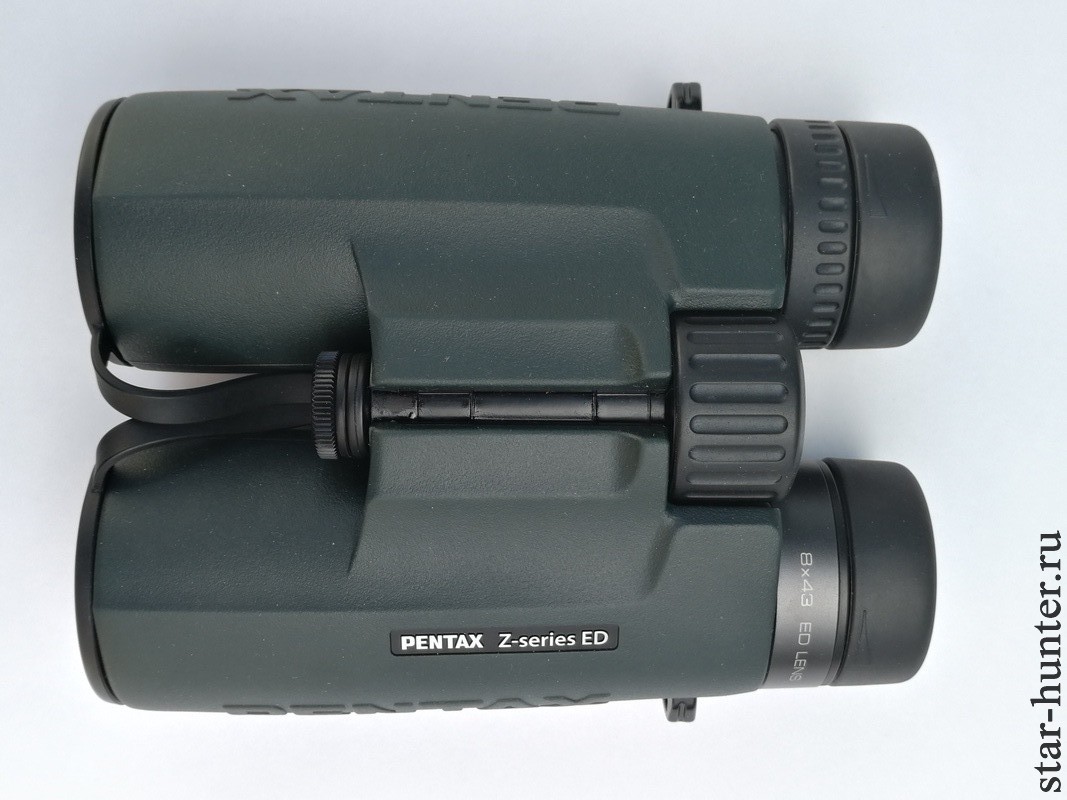Olympus 10×42 EXWP I binoculars impressions
Binoculars with a magnification of 10x, in my opinion, are the ultimate for handheld observation. Magnification over 10x already require an support, tripod or built-in image stabilizer. Binoculars of the 10×42 format are in stable demand, they are noticeably lighter and more compact than binoculars 10×50, but they have a greater magnification than similar ones in weight and dimensions of 8×42. However, making a good roof binocular is not an easy task. My attention was drawn to one of the top Olympus binoculars – 10×42 EXWP I. The binoculars were released a long time ago – the mentions I found go back to 2003. I was unable to find a press release on the release of this binoculars on the Olympus website.
Many of the Olympus models present in stores have been available since 2003 (for example, the Olympus 7×35 DPS I). In 2018, the new Olympus 8×42 Pro and 10×42 Pro binoculars with ED glass, dielectric coating, and improved illumination were presented.

Specifications declared by the manufacturer.
Magnification: 10x
Prism type: roof with phase correction
Optical scheme: 9 elements in 6 groups
Environmentally friendly lead-free glass
Prism Material: High‑index BaK4 prisms
Coating: Full multi‑coating / Phase coating / UV coating
Aperture, mm: 42
Exit pupil, mm: 4,2
Eye relief, mm: 15
Relative brightness: 17,6
Real field of view, ° : 6
Visible field of view, ° : 60
Field of view at distance 1000 m, m: 105
Minimum focusing distance, m: 3
Dioptric correction: D ±2
Interpupillary distance, mm: 60–70
Focusing type: central
Eyecups: twist-up/down eyepieces
Size: classic
Gas filling: nitrogen
Waterproof/fogproof/dirtproof: yes
Size: 129 x 145 x 53 mm
Weight, kg: 0,66
…




